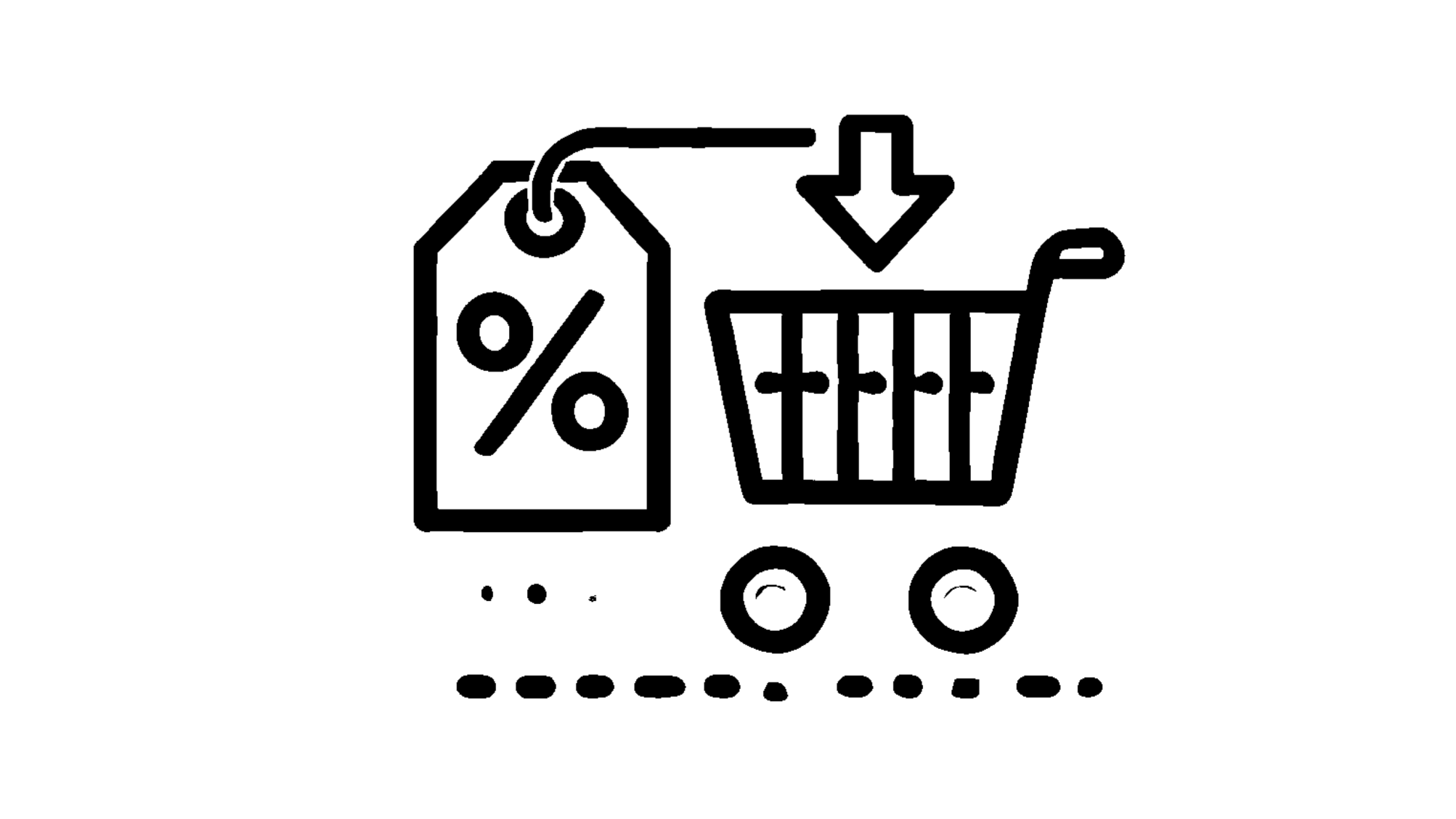The Psychology of Discounting
How Offering Sales Can Stimulate Purchases Without Devaluing Products
Have you ever seen a sale or discount and felt the urge to buy something you didn’t initially plan on purchasing? That’s the power of discounting. Discounting is when businesses reduce the price of a product to make it more appealing. But how does offering a lower price without making the product seem less valuable work in real life? This article will explore how businesses use psychological tricks to make discounts work in their favor and how you can apply these insights to boost your sales.
Background
Discounting is a pricing strategy that has long been studied by behavioral economists and psychologists. One of the key figures in understanding how discounts influence consumer behavior is Richard Thaler, a renowned behavioral economist who contributed to the development of the concept of "mental accounting" in the 1980s. Mental accounting refers to the way people categorize and treat money differently depending on its source. This idea plays a critical role in how consumers react to discounts and sales—perceiving a discount as a gain, even if the actual value of the product hasn’t changed.
Historical Experimentation
In one influential experiment conducted by psychologist George Lowenstein in the 1990s at Carnegie Mellon University, researchers tested how people react to discounts in different scenarios. The experiment, called the "price-value" experiment, involved offering participants products at varying prices and asking them to evaluate whether the discounted prices were genuinely appealing. The study, published in Journal of Consumer Research, concluded that consumers are more likely to purchase products when the discount appears to provide greater value relative to the original price, even if the actual product quality hasn’t changed.
This experiment showed that while people are drawn to discounts, the framing of the discount—how it is presented—can have a significant impact on how consumers perceive the product and make purchasing decisions.
Connection to Human Evolution/Biology/Neuroscience
The power of discounting ties into our evolutionary need to maximize rewards while minimizing losses. From a neurological perspective, our brains are wired to react strongly to perceived "gains" versus "losses," a concept known as loss aversion. This concept was first introduced by psychologists Daniel Kahneman and Amos Tversky in their Prospect Theory. The brain’s reward center, particularly the dopaminergic system, is activated when we perceive that we’re gaining something—like a bargain. Even though we might not need the product, the brain treats the discount as a form of winning, which motivates us to act.
Recent Research & Experimentation
Recent research has further explored how discounting can be optimized for different consumer segments. A study conducted by Dan Ariely at Duke University, published in The Journal of Behavioral Economics (2019), investigated how consumers perceive "time-limited" discounts. This research found that when discounts are framed as part of a limited-time offer, consumers are more likely to make an impulsive purchase. The urgency created by the time constraint triggers an emotional response that overrides rational decision-making. This further highlights how the presentation and context of a discount can influence consumer behavior.
Conclusion
So, how can businesses use these psychological principles in their day-to-day practices? Understanding how consumers respond to discounts allows companies to structure their pricing strategies to maximize engagement and drive sales without devaluing the product. By framing discounts as exclusive or time-sensitive, you can tap into the brain’s natural inclination toward rewards and urgency. Whether it's offering flash sales, bundling products at a discount, or using limited-time promotions, understanding the psychology behind discounting can help your business create pricing strategies that enhance both customer satisfaction and profitability.
More Behavioral Science





How Posting at the Right Moment Makes Content More Likely to Go Viral